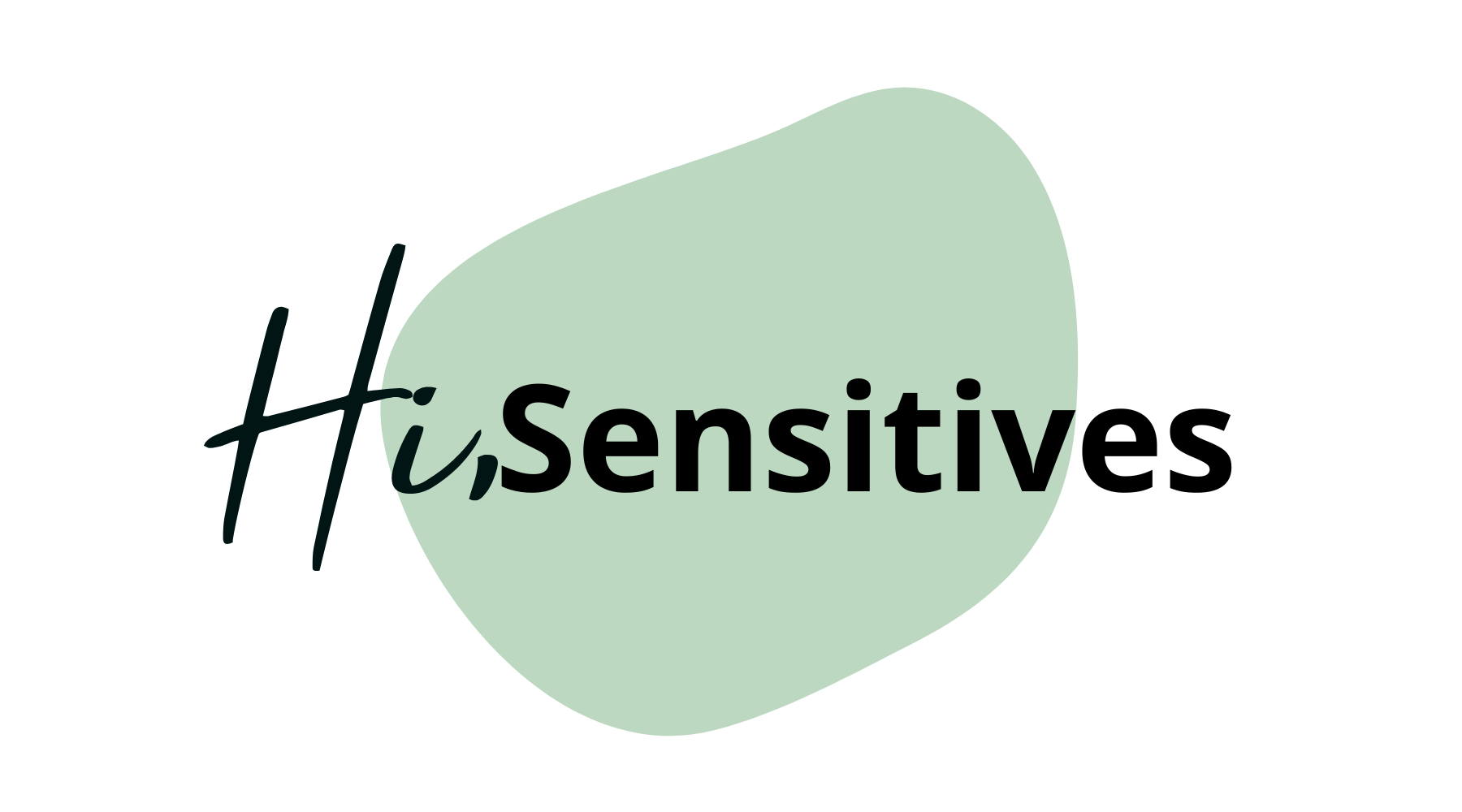Do you want to end overthinking as a highly sensitive person and learn how to make your decision-making processes easier? In this article, we provide valuable tips!
Estimated reading time: 6 minutes
In our fast-paced world, the paradox of choice bombards us at every turn, from the simplest of daily decisions to life-altering choices.
This abundance of options can lead to overthinking. This is a state where our minds become entangled in endless possibilities and hypotheticals. Often, this results in paralysis rather than action.
Overthinking not only drains our mental energy but also impedes our ability to make decisions with confidence and clarity.
Recognizing the need to break free from this cycle, it becomes essential to adopt practical strategies that simplify our decision-making process.
By focusing on actionable tips and embracing a mindset geared towards efficiency and simplicity, we can navigate the complexities of modern life with greater ease and assurance.
Here’s What You’ll Discover:
Simple Decision-Making: Embracing Clarity And Efficiency
In the quest to conquer overthinking and streamline our decision-making processes, it’s imperative to embrace practices that foster clarity and efficiency.
The modern world’s complexity often leaves us mired in indecision. However, by adopting a simpler approach, we can navigate through choices with greater ease and confidence.
This section delves into practical strategies for simplifying decision-making, reducing mental clutter, and making our decisions more straightforward and less time-consuming.
Spinning The Wheel: Injecting Fun Into Decision-Making
A novel approach to breaking the cycle of overthinking is leveraging tools like the spin wheel. This introduces an element of randomness and enjoyment into decision-making.
This method is particularly effective for decisions that, while not critical, still cause hesitation and delay.
By assigning various options to a wheel and letting chance determine the outcome, we bypass the exhaustive analysis and second-guessing that typically accompany decision-making.
Such a playful strategy not only lightens the mental load but also reminds us that not every choice requires deep contemplation.
Embracing this tool can inspire spontaneity and lead to unexpected, yet positive, outcomes. Moreover, this offers a refreshing way to deal with everyday decisions without falling into the trap of over-analysis.
By focusing on simplicity and incorporating elements of chance and fun, we can alleviate the burden of overthinking.
This approach not only makes decision-making more enjoyable but also more efficient, providing a valuable lesson in the importance of flexibility and the willingness to embrace unexpected outcomes.
Embracing Mindfulness: The Path To Present-Minded Decision-Making
In the journey to simplify our decision-making, mindfulness emerges as a powerful tool to combat overthinking.
This practice involves bringing one’s attention to the present moment, acknowledging and accepting one’s thoughts and feelings without judgment.
By fostering mindfulness, we can observe our patterns of overthinking without getting caught up in them. Hence, we create a space between thoughts and actions.
This gap allows us to respond rather than react, making decisions from a place of calmness and clarity.
Mindfulness techniques, such as meditation or focused breathing, can help in reducing the noise of incessant thoughts. This enables us to focus on what truly matters in the decision-making process.
The clarity gained through mindfulness not only aids in making more deliberate choices but also enhances our overall well-being by reducing stress and anxiety associated with overanalysis.
Setting Limits: The Power Of Constraints In Decision-Making
Another effective strategy for simplifying decision-making involves setting limits or constraints.
By intentionally limiting our options or the time we allocate for making decisions, we can significantly reduce the scope of overthinking.
Constraints force us to prioritize, focus on our most critical criteria, and make decisions more efficiently. This approach leverages the concept that too many choices can be overwhelming and counterproductive.
By narrowing down our options or setting a strict deadline, we engage our ability to assess what is genuinely important and make decisions that align with our core values and objectives.
Constraints not only streamline the decision-making process. They also increase our satisfaction with the choices we make. For instance, they encourage us to commit and move forward without lingering on the myriad of what-ifs.

Developing Principles For Effective Decision-Making
In the dynamic landscape of today’s world, where decisions can have far-reaching implications, establishing clear guiding principles for decision-making is more crucial than ever.
These principles serve as a beacon, guiding individuals and organizations through complex choices. Moreover, they ensure alignment with core values and long-term objectives.
Crafting Guiding Principles
Guiding principles stand at the heart of agile and effective decision-making.
They are not mere values or actions but strategic guidelines that inform and direct decision-making processes within teams and organizations.
To develop these principles, it’s essential to listen and identify the core guidelines that naturally emerge from your strategic planning process.
Keeping the principles focused, concise, and directly tied to addressing key challenges ensures they are actionable and impactful (OnStrategy).
The Role Of Guiding Principles In High-Performance Cultures
The development of guiding principles is pivotal in creating and sustaining high-performance workplace cultures.
These principles dictate the decision-making process, influencing the organization’s culture and, by extension, its performance.
A well-defined set of principles ensures that short-term decisions do not undermine long-term cultural and organizational goals.
They provide a framework for behavior, influencing how people within the organization interact and make decisions.
Moreover, they help maintain consistency and integrity in actions over time, even as personnel changes occur, safeguarding the organization’s core vision and values (Make A Dent Leadership).
Implementing Principles For Strategic Agility
Implementing guiding principles requires a careful balance between focus and flexibility.
Principles like focusing on one opportunity at a time, setting clear expectations for returns, and prioritizing impact alongside profit can help maintain strategic agility.
They ensure that even when faced with unforeseen challenges or opportunities, decision-making remains grounded in the organization’s core objectives and values.
This strategic agility is crucial for maintaining profitable growth and adapting to changing market conditions while staying true to the organization’s foundational principles.
Final Remarks
In a world saturated with choices, simplifying decision-making is not just about cutting through the noise. It’s about creating a symphony of clarity, mindfulness, and strategic agility.
By embracing methods that introduce randomness, engaging in mindfulness, setting practical limits, and developing guiding principles, we establish a foundation for decision-making that is both effective and fulfilling.
These strategies not only empower us to navigate the complexities of modern life with greater ease but also enhance our overall well-being by reducing the mental strain of overthinking.
As we align our decisions with our core values and objectives, we pave the way for a future where choices become a source of empowerment rather than anxiety, leading to a life marked by purpose, satisfaction, and success.








